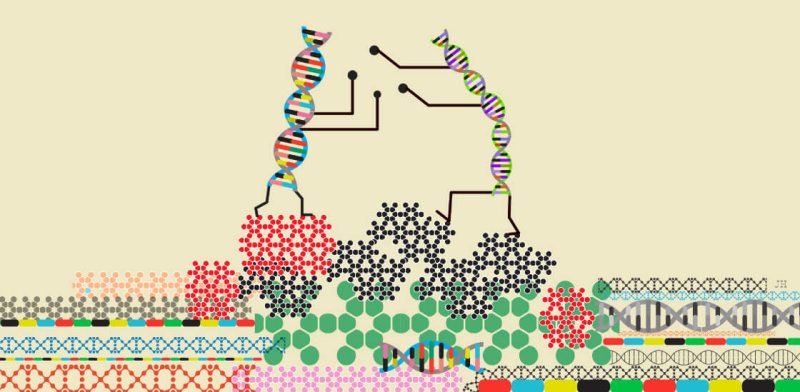Without knowing what causes autism, physicians had—and still have—no means of preventing it or reducing its severity, or risk of occurring. Just like with any other affliction, the path to mitigating autism lies in understanding where it comes from. If medics understand autism causes better, they would be able to design better therapies and potentially even better prevention.
That’s exactly what [Professor Michael] Wigler has been doing for the past 20 years. As the genomic methods matured on the brink of the millennium, he hoped to find the answers in the genes of people on the spectrum. But piecing these answers together proved just as complicated and nonlinear as the history of this puzzling condition.
“It took a larger hit to make a girl autistic than it took to make a boy autistic,” Wigler says. “That was one of the first indications that girls were resistant.”
In their 2011 study, Wigler and his team explained that women have greater resistance to autism from genetic causes. The phenomenon became known as a female protective effect.
“Female protective effect means that you need a higher load of mutations to rise to a phenotypically recognized Autism Spectrum Disorder that can be clinically determined,” [Psychiatrist James] Sutcliffe says.































